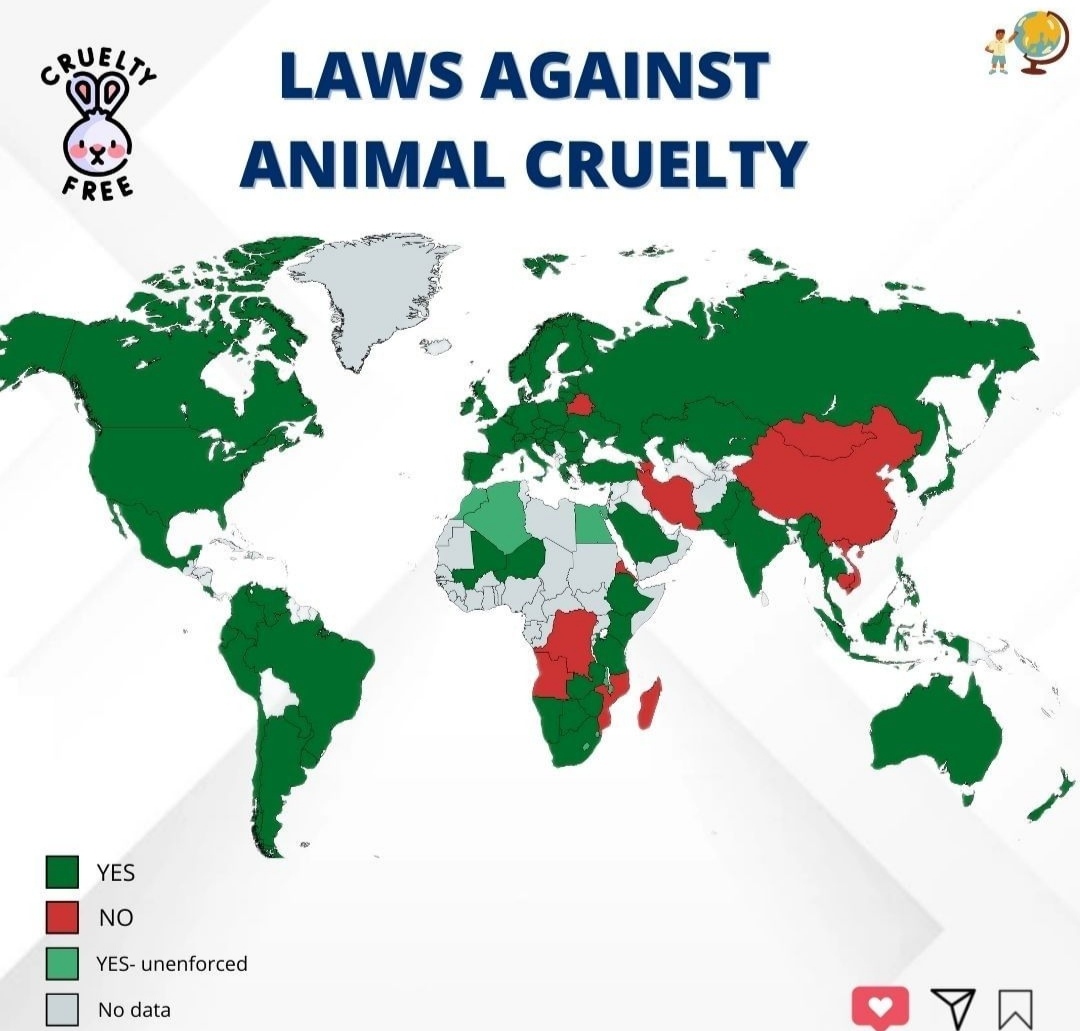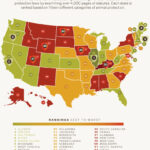In a world increasingly aware of ethical consumption, it is imperative to consider how our purchasing decisions affect the lives of animals. Retail giants play a significant role in this equation, as their policies and practices can either contribute to the alleviation of animal suffering or perpetuate it. One question that looms large for consumers is: Does Target comply with animal cruelty laws? To delve into this matter, we must examine the multifaceted dimensions of retail responsibility, evaluating how big-box retailers like Target conduct their operations with respect to animal welfare.
Many consumers may take for granted that animals are treated humanely throughout the supply chain. The assumption that corporations adhere to animal cruelty laws provides a level of comfort when shopping. However, this complacency invites scrutiny. Target, a prominent player in the retail sector, has made public commitments regarding animal welfare; yet, does this translate into tangibly ethical practices? One cannot help but ponder the potential disconnect between corporate policy and reality. It beckons a challenge to discern how effectively Target upholds its promises.
To understand Target’s position, we must first explore the legal landscape of animal welfare. Animal cruelty laws vary significantly across jurisdictions. Federally, the Animal Welfare Act (AWA) sets minimal standards for the treatment of animals in research, exhibition, and transport. However, the act does not extend to all animals—particularly those raised for food, leading to gaps in protection that concern many activists. State laws can offer stronger protections, but they are often unevenly enforced, and loopholes may allow for continued mistreatment. So, how does Target navigate this complex legal patchwork?
Target asserts its commitment to responsible sourcing and humane treatment of animals. The retailer has implemented various animal welfare policies aimed at the practices of its suppliers. For instance, Target emphasizes the importance of obtaining certifications from credible organizations that advocate for humane treatment. This includes guidelines for the treatment of livestock and standards regarding the use of antibiotics and growth hormones.
Additionally, Target has publicly committed to phasing out the sale of products derived from animals subjected to inhumane practices. This includes meat and eggs sourced from producers who do not adhere to humane standards. The complexity arises in assessing the effectiveness of these measures. While Target’s official stance conveys a sense of accountability, one must question whether these policies are routinely enforced and if so, how are they monitored? The information available from external audits or third-party assessments is often scarce, making an objective analysis difficult.
The complexity deepens when we consider the consumer’s role. Shoppers wield power through their purchasing behaviors. When consumers prioritize humane products, it pressures retailers to adhere to better practices. Target claims to understand this dynamic, frequently adjusting its product lines to respond to consumer demand for ethically sourced goods. However, this raises a critical debate: Is Target genuinely championing animal rights, or is it merely capitalizing on a growing trend?
Examinations of Target’s partnerships reveal another layer; the retailer engages with various animal welfare organizations, suggesting an awareness of issues facing animals within supply chains. While partnerships with organizations like the Humane Society can enhance credibility, they also ignite skepticism about the motives behind such collaborations. Are these alliances genuine efforts to improve animal welfare, or merely a public relations strategy aimed at appeasing socially conscious consumers?
Despite Target’s proclamations of animal welfare commitments, critiques exist. Advocates often emphasize that verbal commitments require robust, transparent actions to effect real change. For instance, while the discontinuation of certain products may reflect ethical stances, the overall impact on animal welfare deserves scrutiny. Do these actions represent a broad-spectrum commitment or are they merely reactive measures to media scrutiny and consumer pressure?
Moreover, animal welfare transcends basic cruelty laws, encompassing habitats, transport, slaughter methods, and even post-consumption practices. Therefore, a rigorous assessment of Target’s compliance demands a comprehensive approach, factoring in broader anthropological perspectives. It necessitates evaluating whether the retailer supports measures that extend beyond compliance, addressing systemic issues within agricultural practices and production cycles.
In the retail arena that is continuously evolving, it becomes crucial for consumers to remain vigilant and inquisitive. The interplay of laws, corporate responsibility, and consumer demand holds the potential to reshape how animals are treated in supply chains. Empowered shoppers can push for greater transparency, fostering accountability among retailers like Target.
As we sift through the nuances of Target’s animal welfare policies, one must consider: Is compliance with animal cruelty laws sufficient for ethical retailing? The challenge lies in broadening the scope of what effective retail responsibility encompasses. Perhaps the ultimate goal is not mere compliance but a transformative approach that respects the intrinsic value of animal lives. It is a tantalizing notion that calls for a recalibration of our expectations from corporations that supply us with goods. Each purchase decision ultimately contributes to a larger narrative that prioritizes animal welfare over mere profit. Armed with insights and a heightened sense of awareness, consumers can demand a shift in corporate behavior, encouraging not just compliance but profound respect for all living beings.










